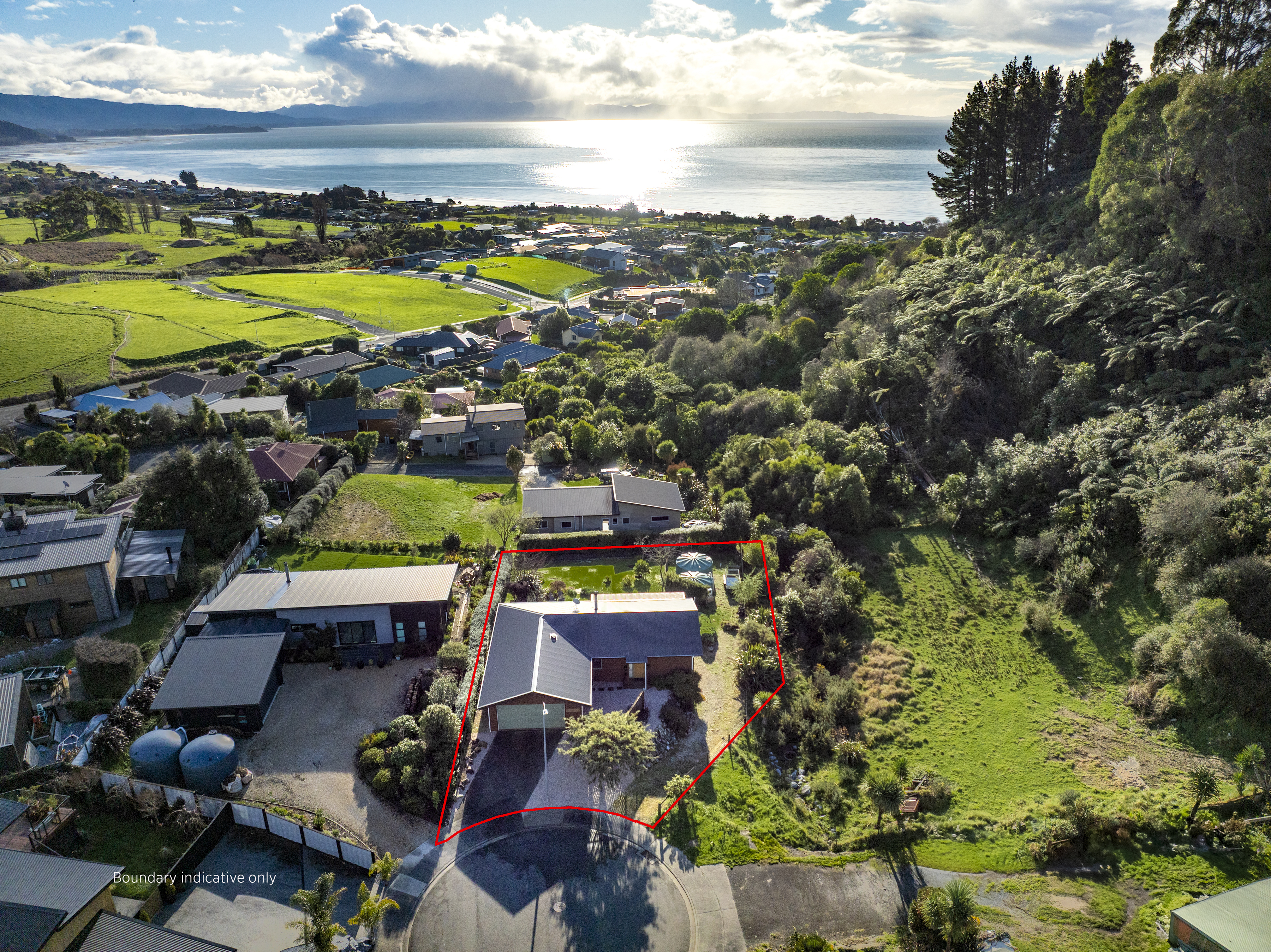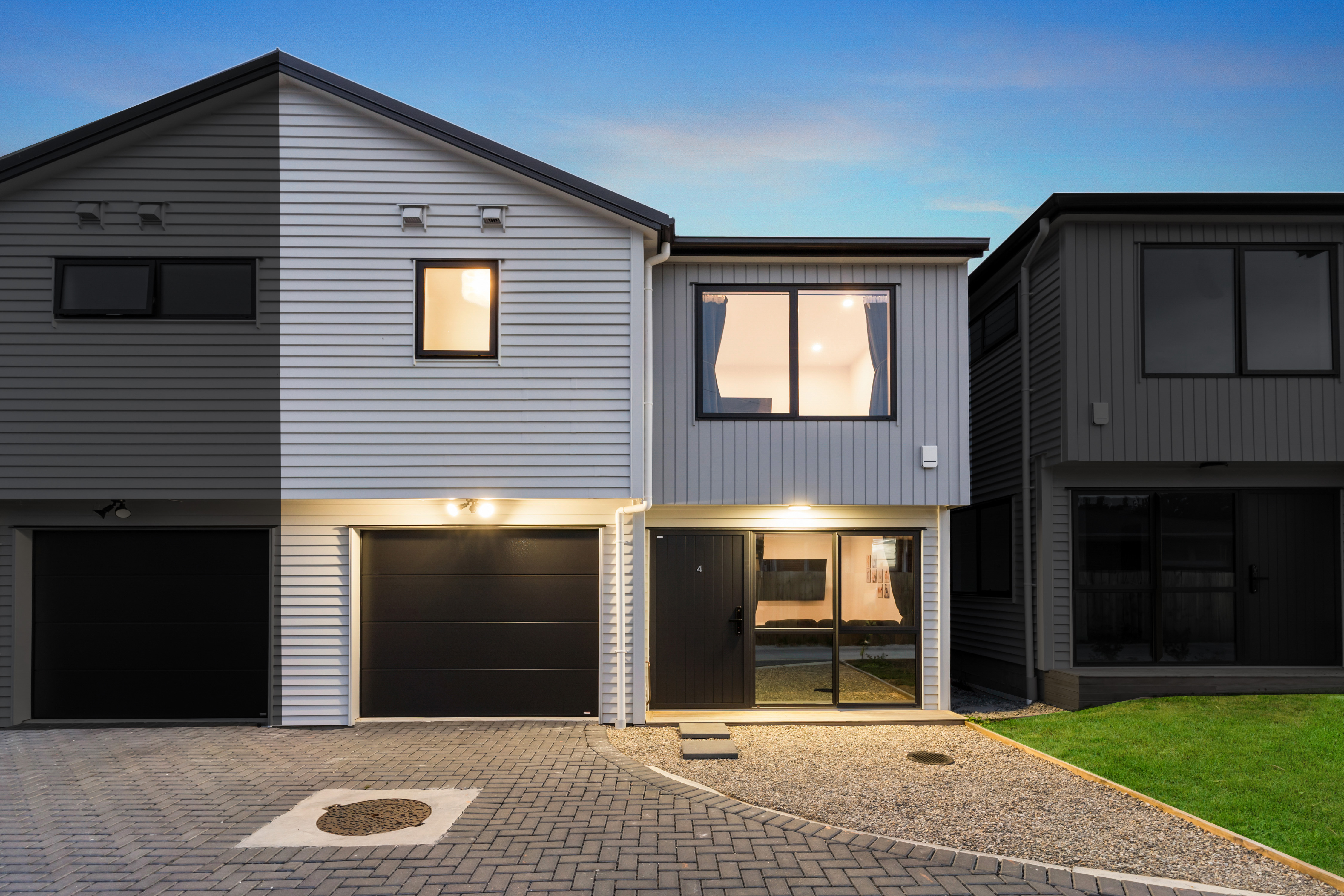New Zealand’s housing market is on a roll, with every region bar one recording quarterly value growth.
And there have been strong lifts in the country's most expensive and cheapest suburbs, with Otara and Herne Bay both up around 7%.
The nationwide average property value jumped 2% ($19,000) in the three months to the end of November to $968,000, as low stock levels and increased buyer demand put upwards pressure on prices.
The biggest quarterly rise was in Otago, up 2.8% over the last three months to $944,000, but also performing strongly were Auckland and Wellington regions, up 2.5% and 2% respectively.
Start your property search
The pace of growth in Canterbury has slowed to 1.7%, following lifts of more than 2%, but property values in the region did record its first year-on-year jump since December 2022.
Overall, the market heads into summer in robust shape, with Northland, Nelson and Taranaki finally moving into growth territory, leaving West Coast the only region to be still in decline. (Six months ago West Coast was the only region to be up over the quarter.)
OneRoof editor Owen Vaughan said: “At a TA level, Queenstown-Lakes and Wellington are leading the pack, with value growth of 3.5% and 3% respectively. The heat in Christchurch isn’t quite as strong as it was in the lead-up to the election, but values in the city are up 2.6% year-on-year.
“In Auckland, quarterly growth was strongest in Manukau and Franklin, reflecting first-home buyer price points, but momentum is also building in the higher-priced North Shore.”
Of the 792 suburbs with 20 or more settled sales in the 12 months, 651 recorded three monthly increases in their average property value, and 132 were up year-on-year. Values in 42 suburbs were back to or close to hitting pre-slump peaks.
Lake Hawea, in Queenstown-Lakes, and Camberley, in Hastings, recorded the strongest growth over the November quarter, with both average property values up 7.3%. Values in Otara and Herne Bay – two suburbs that are at either end of the price spectrum in Auckland – were also rising quickly, with growth of 7% and 6.9% respectively.

OneRoof editor Owen Vaughan: "Vendors are starting to feel more confident about market conditions." Photo / Fiona Goodall
While the figures highlight the catch-up in value growth taking place around the country, some suburbs are still on a downwards trajectory, with the decline accelerating in Hokitika (-5.9%), Otautau (-5.8%), and Carterton (-3.5%), among others.
Vaughan said much of the value growth could still be attributed to low listing volumes, giving sellers a bit more leverage. “Stock is still at historically low levels, but new listings in Auckland are on the rise again, and vendors are starting to feel more confident about market conditions.
“However, those expecting fast sales and price jumps should temper their hopes. Recent auction results suggest we are still a long way off pre-slump levels of FOMO among buyers.”
The biggest restraint on price growth continued to be interest rates, Vaughan said, noting that the Reserve Bank hadn't ruled out a further rise in the Official Cash Rate, which stayed at 5.5% this week.
The OneRoof-Valocity figures also show the full impact of the downturn on the housing market.
Nationally, house values are down 14% from a pre-slump peak of $1.098 million in February 2022. The largest losses were in Wellington (25%) and Auckland (19%), and suggest the climb back to peak levels in both won’t be overnight even on the back of recent lifts.
Hawke’s Bay and Manawatu were close behind with reductions of 16.5% and 15.2% respectively while Canterbury, Southland, and the West Coast experienced the smallest declines, with falls of 6.5%, 4.1%, and 2.9% respectively.
Valocity senior research analyst Wayne Shum said interest rates would need to drop significantly before house prices rebounded to post-Covid levels.
“We had interest rates at 3% at the last peak and we now have interest rates of around 7% which are expected to last at least another year so it will be some time before we get back to those levels,” he said.
He believed certain areas would bounce back faster than others.
“With record net migration, some investor suburbs may come back faster. A lot of these people coming to New Zealand are renting and on work visas or student visas. They’re not coming in to buy houses so those areas that have those smaller houses for rentals may come back faster.”
Turning the corner: The charts that show the end of the downturn
* Property value data derived from the OneRoof-Valocity House Value Index, taken on November 20, 2023. Only suburbs with 20-plus settled sales in the last 12 months covered. Listings data from OneRoof.co.nz, taken on November 20, 2023. New listings cover the 30 days to the same date.














































































